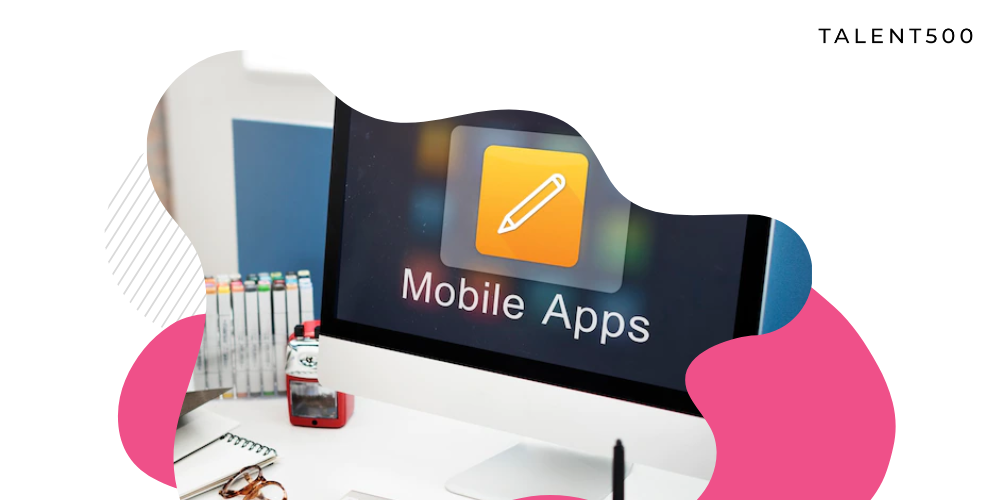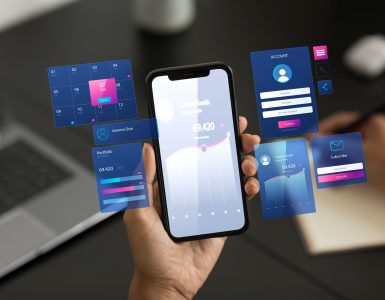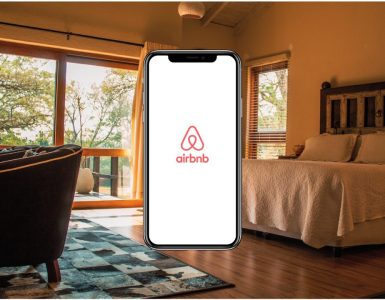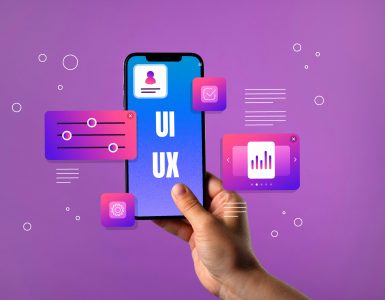Android is the most widely implemented operating system. Its smartphone OS market share is over 87%, according to Statista. Not just in the smartphone market, but Android is used for several other applications such as smart TVs, car navigation systems, and even laptops. Due to its massive market reach and billions of users, Android development evolves faster.
Creating a successful Android app is, however, an endeavor that requires in-depth planning and research. But the fast-paced development prospects have led to the creation of some best practices for android development that ensure you build quality apps every time.
This article lists the seven best mobile development practices for the Android platform.
1. Understand the internal Android framework
Experienced mobile developers understand how important it is to know the internal architecture of an operating system to exploit its functionalities fully. The first principle you must focus on is understanding the internal Android framework. As a developer, you should learn its file system, memory allocation, threading, and CPU usage. You must know the possibilities before you can start development. Once you are confident that you understand the Android framework well enough, you can write quality code that eliminates errors.
2. List the features comprehensively
After you understand the Android platform’s scope, you can create a comprehensive list of features. It is essential before you invest your time in designing and coding the application. Apps that struggle with engaging users or end up with bad reviews are often created without proper feature planning. Think of building an Android app as being similar to planning a city; you need to create a map of the infrastructure, amenities, and types of properties.
Ask these questions to create a comprehensive list of features:
- What do you want your users to be able to do with the app?
- How will the added features be accessible to the users?
- What are similar apps available on the market, and how will your app differ from them?
Brainstorming these ideas will help you create an elaborate list of features necessary to make your Android app successful. You will have a better understanding of the design and development requirements. It even provides insights into the marketing aspects of how you can make your app stand out.
3. Design it with users in mind
Your Android app design must be user-focused. Move away from your personal preferences about the design and focus on data and insights. Knowing your target users and how they will use the app is essential. Some critical design considerations are their age group, when they will use the app (home, office, or on the go), requirements (for disabilities, if any), and demands not fulfilled by other apps.
4. Hire the right talent for development
You need the right mobile developers in the team for quality android app development. You can’t build a successful app with a buggy or low-quality code. One crucial Android development practice is not to skimp on hiring great talent. Skilled developers understand how to fully exploit Android’s memory management, CPU usage, and multi-threading which results in high-performance mobile app development.
Some important aspects to look for are:
- 3 to 5 years of experience in Android development
- History of successful app delivery backed by reviews from previous clients
- Hourly rate or fixed price for projects
- Have they worked on similar apps?
- Whether they will work directly with you or through an agency/partner
5. Select the right technology
Today, there are several technologies available for Android app development. It will help if you choose the right stack depending on your app’s purpose and features. Decide whether you need a hybrid, native, or cross-platform mobile app. Based on the answer, you can choose either React Native or Flutter for Android app development or Objective-C, Kotlin, or Java for native app development.
6. Test from an early stage
Testing is as essential as design and development. Start testing your app at an early stage for device compatibility and bugs. The users are too quick to leave negative reviews if they experience problems. It is best to follow an agile process for mobile development that facilitates rapid, iterative testing and feedback. All bugs must be identified early, and regular product updates are released such that your app’s user experience is consistently high.
7. Always follow Android clean coding guidelines
You must follow Android coding guidelines to create scalable and high-performance Android apps. Clean code improves robustness, minimizes errors, and makes it easy to manage updates. When you follow the clean coding guidelines, you can simplify the complicated development process. It also highly optimizes the code, improving the end-user experience. Ultimately, all these features help bring down the development cost and reduce the development time.
Conclusion
Android app development is easy when you follow these best development practices. The focus must be on user-centric design, quality development, and clean code.
Talent500 has a pool of elite mobile developers who are part of tech teams at some of the biggest enterprises. Sign up here to know more.






Add comment